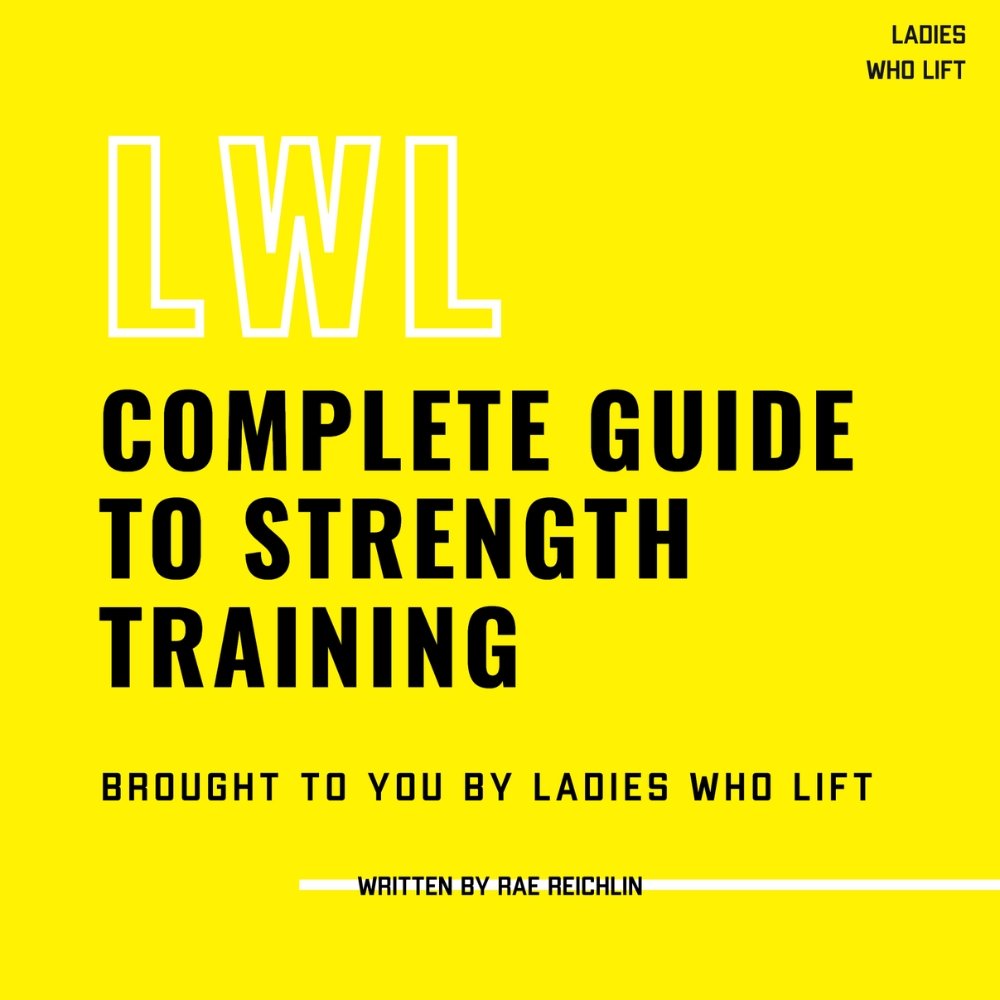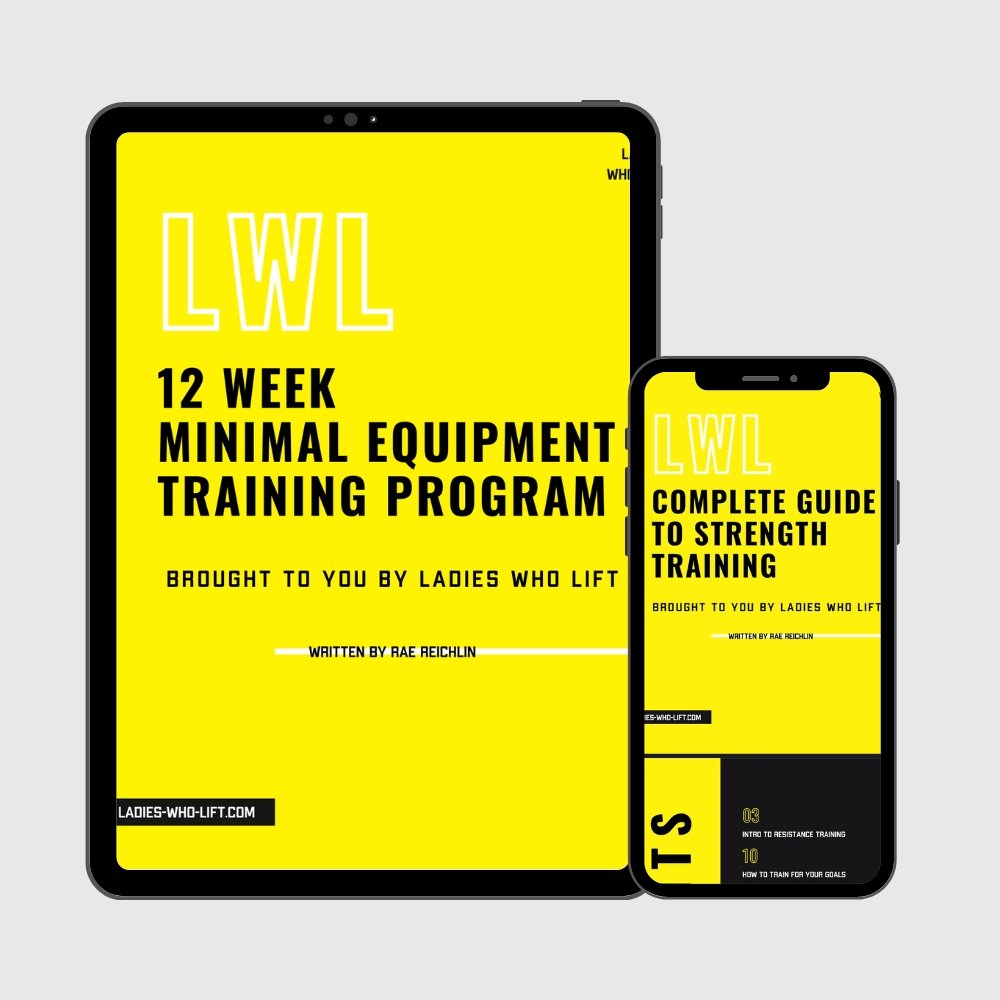Supersets
Not everyone has the luxury to spend hours in the gym (or frankly wants to). So how can you have great workouts in a short period of time without sacrificing progress? One practical strategy is to incorporate supersets into your training.
In this article, we will walk you through what supersets are, their benefits, and some of the best ways to use them in the gym to maximize training efficiency.
What is a Superset?
A superset is when you perform two different exercises back to back with no rest. This allows you to get more volume (sets/reps/weight) into your training in a shorter amount of time. The best supersets include two movements that don’t negatively interfere with each other. And with that being said, there are three main types:
Antagonist Superset (opposing muscles)
This is when you perform two exercises back to back targeting opposing muscle groups. For instance, doing a set of bicep curls right into a set of tricep press downs.
During curls, your bicep is actively contracting (shortening) to lift the weight, while your tricep is in a lengthened position. The opposite is true when doing tricep press downs. This is why they are antagonist or opposing muscles.
Antagonist supersets are preferred over agonist (same muscle) supersets because the two exercises won’t interfere with your performance and recovery as much.
For example, if I usually can do Bench Press for 4 sets of 6 reps at 225lbs with three minutes of rest in between, it’s likely that I’d have to do around 205 if I followed my sets with push ups in between since my chest, shoulders, and triceps would be fatigued. However, if I did a back exercise following bench such as pull ups, I’d likely still be able to do 215-220lbs each set.
Agonist Supersets (Compound Set)
This is when you perform two exercises back to back targeting the same muscle group. For instance, doing a set of bench presses right into a set of dumbbell flys for the chest. It’s fine for denser volume sessions, but you’ll have to do more sets to make up for the fact that you won’t be able to push as much weight.
Unrelated or Random Supersets
This is when you perform two exercises that target completely unrelated muscle groups such as doing lateral delt raises with calf raises. The two muscle groups won’t impact each other, but your programming likely won’t complement this level of randomness. It could potentially be acceptable in a total body split, but the exercises would still need to be intelligently selected.
Benefits of Supersets
Supersets are simply time savers and it isn’t more complicated than that. If done properly, you can get your workout done in a shorter amount of time without sacrificing the quality of work. Indirectly, that might mean more strength and muscle gain if the alternative is you not doing all your exercises because you ran out of time.
With that being said, we have to reiterate that longer rest times are better for power and strength training so use supersets wisely! We like to do our heaviest compound exercises as straight sets (just rest in between) and then incorporate supersets later into the workout.
Best Supersets that Work Opposing Muscle Groups (Antagonist)
Chest & Back Supersets (Push/Pull)
Chest and back pairings are the easiest to visualize in terms of opposing muscle groups. You are simply pairing a push with a pull. Here are some of the top ones.
Incline DB Chest Press w/ Chest Supported Row
This pairing (are we talking about wine?) is nice because of the equipment's convenience. You can set an adjustable bench to a 45-degree angle, do reps of incline DB Chest Press, and then flip yourself around to do Chest Supported Row.
Floor Press with Pendlay Row
The floor press is an excellent bench press variation that uses a partial range of motion and a dead stop halfway through the eccentric phase which can help improve your lockout while being very shoulder-friendly. You can then simply get up, pick the bar off of the lowered hooks and perform a pendlay row from the floor. These are two amazing strength movements that wouldn’t require additional equipment and minimal plate changing.
Pull-Ups with Push-Ups
Two classic bodyweight movements are pull-ups and push-ups. We recommend doing pull-ups first since they are harder and you need to rely on your grip strength which could be compromised after a high rep set of push-ups.
Quads & Hamstring Supersets
The next pairing is for your legs! Your quads are located on the front of your thighs and are responsible for extending your leg at the knee joint. Your hamstrings are located on the back of your thighs and are mostly responsible for flexing your knees and extending your hips.
DB Goblet Squat and DB RDL
Most gyms conveniently place the leg extension machine right next to the hamstring or leg curl machine. Take advantage of the space by performing both movements back to back. There should be virtually no interference between exercises allowing for plenty of volume and intensity.
Leg Extensions and Leg Curls
Two classic bodyweight movements are pull-ups and push-ups. We recommend doing pull-ups first since they are harder and you need to rely on your grip strength which could be compromised after a high rep set of push-ups.
Arm Supersets (Bicep & Tricep)
Cable Curls with Cable Tricep Pressdowns
Anchor any cable attachment to its lowest point on the pulley machine to perform a set of bicep curls. Once finished, set the attachment to its highest point so the tension is at the top for tricep pressdowns. We love the EZ bar attachment but you can also use a straight bar or rope.
Hammer Curls with DB Overhead Extension
If you aren’t catching onto the theme by now, we like supersets where you don’t need a bunch of extra equipment to perform the movements. Do your hammer curls sitting on a bench or standing followed by an overhead DB extension. Some people feel like their elbows get pretty beat up from heavy lifting, so it’s not a bad idea to keep these movements in higher rep ranges with lower to moderate weight.
Concentration DB Curls with Lying DB Skull Crushers
We love concentration DB curls because you can’t use momentum to cheat the movement. You are starting from the bottom of the curl, fighting through the hardest range of motion, and squeezing at the top. Pair that with lying DB skull crushers which can be done on a bench or the floor.
Best Supersets that Work the Same Muscle Groups (Agonist)
Remember when doing supersets with the same muscle group, you’re going to want to avoid doing compounds together (deadlifts with back squats). Pick a heavier movement with a lighter movement.
Leg Supersets
We already provided a couple of examples of quad/hamstring supersets, but we have a few extra examples where the movements have muscle group overlap.
Squats with Box Jumps
Doing a heavy set of squats followed by box jumps is an awesome tool called the contrast method. The loaded squats increase your jumping potential by revving up your nervous system. It’s a great pairing for all athletes who are looking to improve their ability to transfer strength into power.
Deadlifts with Banded Lateral Shuffles
Deadlifts target a ton of muscles but primarily your hamstrings, glutes, lower back, lats, and quads. It’s nice to pair with banded lateral shuffles since they specifically target smaller hip muscles that might be tight or weak compared to your larger muscles used in the deadlift.
Back Supersets
Next up, we will take a look at some solid back pairings which can be targeted through a variety of pulling exercises.
Chest Supported Row with Chest Supported Cuban Press
Once again, we love movements that don’t allow you to cheat with momentum which is why we included the chest supported row again. Follow it up with a brutal upper back and rotator cuff exercise, the Cuban press. This exercise can be done with as little as 2.5lbs and will completely wear you out. So humbling!
Weighted Pull-Ups with Band Pull Aparts
The nice thing about this pairing is that it combines a vertical pull with a pull-apart in the horizontal plane. The pull-ups mostly hit your lats while the banded pull-apart is a great high rep movement for rear delts, rhomboids, and traps.
Chest Supersets
Our last muscle group will focus on our chest supersets. These are arguably the hardest to avoid performance interference since there are not a lot of “lighter options” outside of flys and push-ups.
Dumbbell Bench Press with Incline DB Flys
Try pairing a heavy flat DB bench press set with incline DB flys. This will allow you to hit both your upper and lower pec across a range of intensities. You’ll likely be feeling the burn on this one and might need some extra rest between supersets.
High to Low Cable Fly with Low to High Cable Fly
Similarly, this pairing also hits the upper and lower pec and is most appropriate for the end of workouts as a finisher for some added volume. You won’t be able to use much weight on this cable exercise and that’s okay! Aim for 12-20 reps on each movement and focus on controlling the weight.



